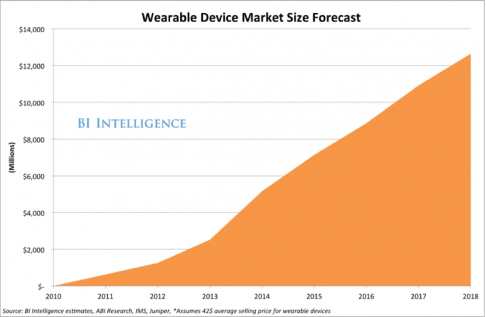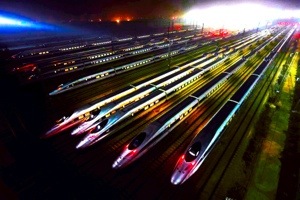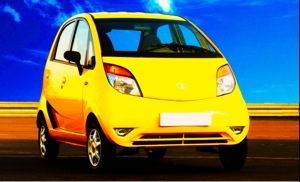There are three ways that mountains grow
1. Through an igneous, explosive process, which is sudden and short lived
2. Through a sedimentary process which is slow and takes long to achieve progress
3. The truly giant mountains are created by a clash of tectonic plates in addition to the above.
We spend a lot of time looking at trends to understand how these impact our lives and businesses. To my mind, a better way of looking for opportunities coming out of trends is to search for discontinuities and consumer needs at the confluence of two or more trends.
Like the grinding together of tectonic plates cause monster mountains to rise, it is the clash of two (or more) trends that unlocks monster potential.
Look at two titanic trends – the ageing population and the progression of technology. The interaction between these is already creating multiple new opportunities and business models.
As society ages, more people come into early middle age. With this comes increased health and fitness consciousness, and a new opportunity, one example of which is the new wearables industry that addresses this demographic.
Wearables like the Jawbone®, Nike® band and the Fitbit® have multiple sensors and link to apps running on smartphones. They measure and record activity, exercise, sleep (quantity and quality), calories, nutrition and interface with devices like the withings scale to automatically overlay weight, body mass index, body composition data, blood pressure and mood. This links to back end data systems and social networks which can help us feel better and share this well being or compete with friends.
From personal experience I can say that these can change deep set habits relating to exercise, sleep and eating and are already having significant disruptive downstream influence on other businesses. [Imagine what Pepsi® would pay to know precisely when and where women, ages 25-35, had the lowest energy levels and highest sugar cravings? – source : http://jawbonestrategy.wordpress.com/valuation/]
For societies like Japan, the ‘silver generation’ is driving a super-fast growth pocket in a slow growth economy. Older people have significantly higher disposable incomes than the average – fuelled by years of saving and smaller live-in families/fewer responsibilities.
Today Japan has a median age of 46 years compared to 36 in China and 27 in India. What is happening in Japan today will happen in China in the next decade and in India the decade after. Given that it takes us 5-10 years to build capabilities to ride the wave of a new business model, companies in China should already be addressing these discontinuities to ensure continuing growth for 2020 and beyond.
Let’s add a third trend into the mix – smaller, nuclear families with ageing parents living far away.
What would be the needs of these people which could be addressed through technology ? How could this impact their health and mental peace and that of their loved ones ?
There are multiple, massive opportunities for new business models that exist in just this one crack between three trends. A few examples :
1. Companionship : apps and services that allow like minded elders to self organise and congregate. This could range from dating apps for elder singles to real (and virtual) chess and bridge clubs to online spiritual services.
2. Family : each grandparent could have a ‘one button’ video link to their grandchildren and children – the grandchildren could grow up listening to their grandparents stories and imbibe their values. The grandparents could be part of the grandchildren’s lives – even from afar.
3. Security : One touch SOS services for emergencies – be it medical or financial or emotional : someone to help at the end of a button.
4. Health : Wearables for the elderly. These will monitor key parameters like sleep, respiration, pulse, temperature, blood pressure, movement, perhaps blood sugar levels. These can prompt for medication, and can keep concerned family members aware of their loved one’s. Where needed they will be able to call local medical aid automatically. They will maintain a full medical record for the doctor – medicine will be more preventative. In time, this device could also dispense medication.
5. Entertainment : Bots to aggregate relevant content. Since many elder people may not be very tech savvy, there will be much more work done on the interfaces for these bots and services to make them as close to automatic as possible
6. Accessibility : all of the above devices and services will be designed with accessibility at the core. Font sizes will be large and easily scalable, software will auto update with very little fuss, sound will be appropriate for those who have lost some hearing, typing will be forgiving of butterfingers, configuration will be simple, there will be less options, with bigger, bolder buttons.
Multiple trend thinking should be adopted to create bigger, more innovative and own able ideas. Strategists, marketers, designers and innovators should practise thinking about the opportunities at the cusp of multiple trends, rather than along a unidimensional trend.





